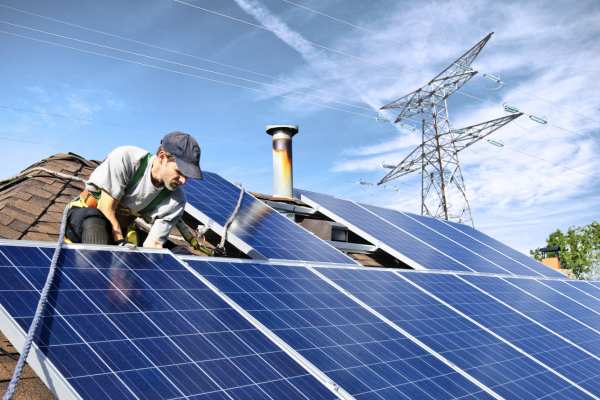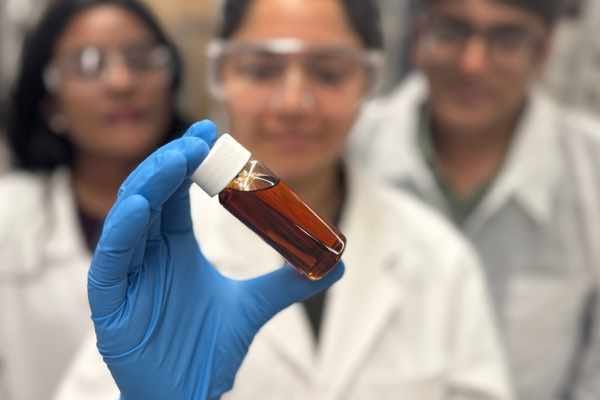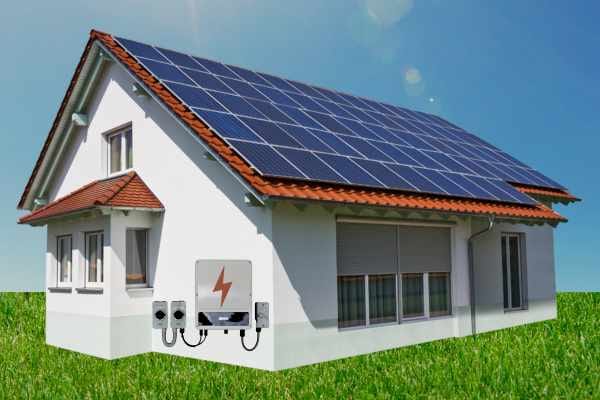Powering down electric bill shock
A new wave of suburb-wide electrification pilot projects could help break down technical barriers to clean energy adoption.

The Federal Government is making moves to help Australian households switch from gas to electricity with a new series of community trials across the country.
The initiative aims to build on the success of last year's community pilot supporting the electrification of 500 homes in the north Illawarra 2515 postcode, named 'Electrify 2515'.
Using ministerial powers, the Federal Climate Change and Energy Minister has directed the Australian Renewable Energy Agency (ARENA) to consider funding more suburb-wide energy projects similar to the $12m Illawarra program.
This would greatly expand the number of households able to participate in pilot schemes to boost electrification by installing home batteries and energy-efficient appliances such as heat pumps for hot water and heating.
The Electrify 2515 initiative, led by green finance company Brighte in partnership with Rewiring Australia and Endeavour Energy, helped 500 Illawarra households to cut energy bills and reduce emissions, with the help of funding from ARENA.
"Electrification is the quickest and cheapest way to quit expensive fossil fuels and
slash energy bills."
As part of the pilot, each household also had a free smart energy management device or Home Energy Management System (HEMS) installed to help them optimise their energy use and support switchboard upgrades for connection of new appliances.
ARENA says it's already invested more than $144 million in projects helping households reduce energy bills through electrification and energy smart improvements - including the Electrify 2515 pilot in Wollongong and electrification projects in South Australia and the Northern Territory.
The government organisation, which is tasked with supporting the global transition to net zero emissions, confirmed this week it would be seeking more opportunities to replicate the pilot across regions in the ACT, Western Australia, Queensland, Victoria and Tasmania.
Rewiring Australia - a partner in the Electrify 2515 initiative - has described the pilots as "world-leading".
"Electrification is the quickest and cheapest way to quit expensive fossil fuels and slash energy bills. These pilots deliver rich insights into how consumers and tradies use and install technologies," Rewiring co-founder Dr Saul Griffith said.
"The barriers we need to break down are technical challenges to electrifying and sharing energy with apartments and rentals, households in remote and disadvantaged areas."
Lessons for success
Minister for Climate Change and Energy Chris Bowen said the projects offered valuable lessons for the future. "ARENA pilot projects supporting home electrification will help create valuable insights into how households can transition to renewables and smart energy systems to cut energy costs and reduce emissions."
With rooftop solar at the heart of the program, the trials are expected to benefit mainly rural and suburban households by addressing technical challenges associated with renting and living in remote areas as well as building support for clean energy.
Climate Council CEO Amanda McKenzie said: "It’s heartening to see the Senate crossbench and Federal Government recognise that action on climate pollution is also action on our cost of living crisis.
"Less gas in our homes means less harmful climate pollution endangering our families and the places we love, and putting our kids’ futures at risk. Initiatives like this are a significant step on Australia’s path beyond polluting gas and helps turbocharge our switch to clean energy."
While rooftop solar panels are generating electricity during daylight hours, households can enjoy free, clean power. Pairing the panels with home batteries then allows these households to store the excess power they generate during the day to use at night or on cloudy days when solar production dips. To further reduce bills, heat pumps offer more energy-efficient and lower-emission water heating than gas systems, transferring heat from the air rather than creating it. And when powered by a solar setup they can deliver yet more savings.





